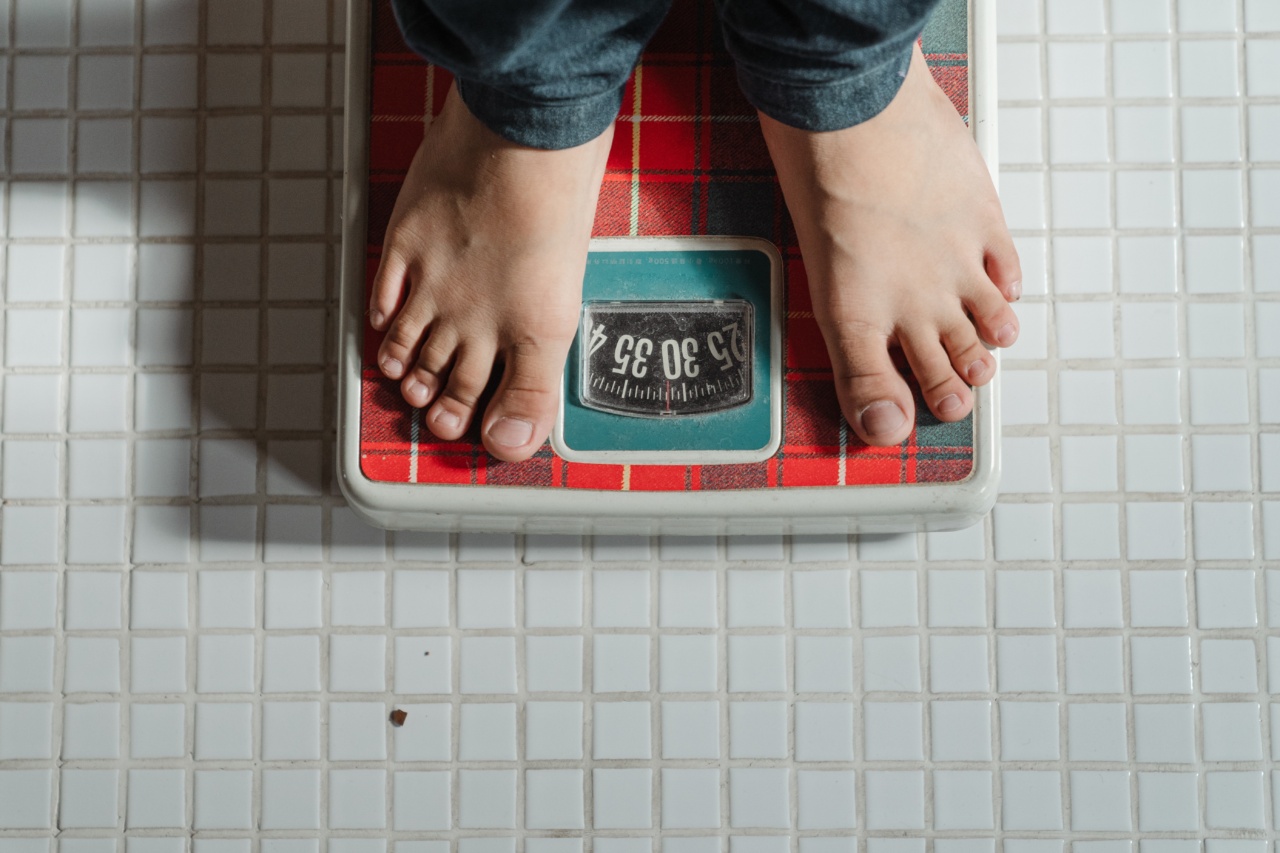As a parent, keeping track of your child’s growth and development is very important. One of the ways you can do this is by weighing your child regularly.
However, it is important to make sure that you are doing it in the proper way to get accurate results. In this article, we will discuss the proper way to weigh your child.
1. Use an Accurate Scale
The first step in weighing your child is to use an accurate scale. There are two types of scales you can use: a beam scale or a digital scale. Beam scales are more traditional and use a balance beam to measure weight.
Digital scales are more modern and use a digital display to show weight. Whichever type of scale you choose, make sure you get one that is calibrated and accurate. You can purchase scales online or at your local baby store.
2. Choose the Right Time to Weigh Your Child
The next step is to choose the right time to weigh your child. Ideally, you should weigh your child at the same time every day. This will give you consistent and accurate results.
The best time to weigh your child is in the morning after their first diaper change and before they have had anything to eat or drink. This will give you the most accurate measurement of their weight.
3. Dress Your Child Appropriately
When weighing your child, it is important to dress them appropriately. You should weigh your child in their diaper or underwear only. If your child is wearing clothes, make sure they are lightweight and thin.
Heavy clothes can add extra weight and affect the accuracy of the measurement. You should also remove their shoes and any other accessories they may be wearing.
4. Use the Same Scale Every Time
It is important to use the same scale every time you weigh your child. This will ensure that you get consistent and accurate results. If you are using a beam scale, make sure the balance beam is in the same position every time you weigh your child.
If you are using a digital scale, make sure it is set to zero before you weigh your child.
5. Keep Track of Your Child’s Weight
Once you have weighed your child, make sure you keep track of their weight. You can use a growth chart to keep track of your child’s weight over time. This will help you see how your child is growing and developing.
You can also use this information to talk to your child’s doctor about any concerns you may have about their growth.
6. Don’t Worry Too Much About Fluctuations
It is normal for your child’s weight to fluctuate from day to day. Factors such as how much they have eaten or drunk, or whether they have had a bowel movement can affect their weight.
As long as your child is growing and developing at a healthy rate, there is no need to worry too much about small fluctuations in their weight.
7. Talk to Your Child’s Doctor
If you have any concerns about your child’s weight or growth, talk to your child’s doctor. They can help you understand what is normal for your child’s age and provide guidance on how to help your child maintain a healthy weight.
8. Be Positive
Finally, it is important to be positive when weighing your child. Try to make it a pleasant experience for your child. You can sing to them or talk to them while you weigh them.
This will help them feel calm and relaxed, which will give you more accurate results.
Conclusion
Weighing your child is an important part of monitoring their growth and development. By following these tips, you can ensure that you are weighing your child in the proper way and getting accurate results.
Remember to keep track of your child’s weight over time and talk to their doctor if you have any concerns.





























